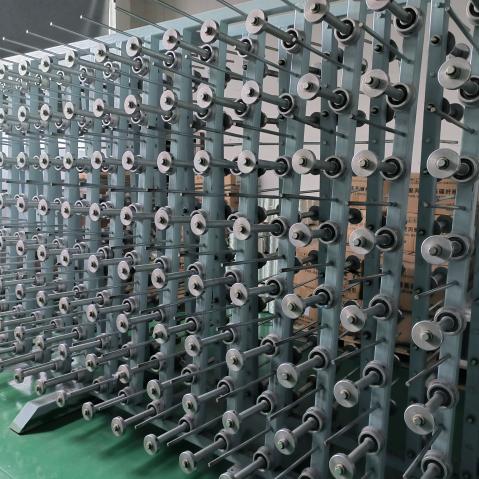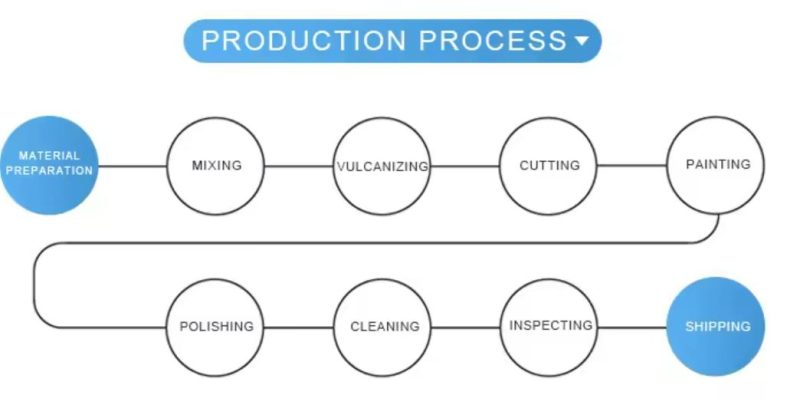How to custom Golf Graphite Shaft
- What’s Golf Carbon Shaft ?
Carbon shafts, also known as graphite shafts, have revolutionized the golf industry due to their lightweight and durable properties. Unlike traditional steel shafts, which are heavier and stiffer, carbon shafts are made from composite materials that include carbon fibers. These fibers are woven together and bonded with a resin to create a shaft that is exceptionally strong yet lightweight.
One of the primary advantages of carbon shafts is their ability to enhance swing speed and distance. The lighter weight allows golfers to generate more club head speed, resulting in longer shots off the tee and increased distance with irons. Additionally, carbon shafts can dampen vibrations better than steel, providing a smoother feel and reducing the harsh impact on the hands and arms during the swing.
Manufacturers of carbon shafts continuously innovate their designs and manufacturing processes to improve performance and tailor shaft characteristics to meet the needs of different golfers. This includes variations in flex, torque, and kick point, which affect the trajectory and feel of the golf ball at impact.
While carbon shafts generally cost more than steel shafts due to the higher cost of carbon fiber materials and manufacturing complexity, their performance benefits make them a popular choice among golfers of all skill levels.
Overall, carbon shafts have played a significant role in advancing golf club technology, offering golfers enhanced performance, increased distance, and a more enjoyable playing experience.

- How to CustomGolf Carbon Shafts?
- Initial Consultation and Analysis
– Understand your specific requirements, technical specifications, and playing style.
– Discuss your goals and expectations for the customized shaft.
- Design Phase
– Use CAD (Computer-Aided Design) software to create a detailed blueprint for the shaft based on your preferences and requirements.
– Focus on optimizing factors such as flex profile, torque, and weight distribution.
- Mold Making
– Utilize CNC (Computer Numerical Control) machines to precisely create a mold for the shaft’s shape.
– This mold ensures accurate replication of the desired design.
- Carbon Fiber Layup and Weaving
– Lay carbon fiber sheets or threads on the mold following a predetermined pattern.
– This step is crucial in determining the strength, flexibility, and performance of the shaft.
- Manufacturing and Quality Control
– Manufacture the shaft using the mold and carbon fiber layup.
– Implement strict quality control measures to ensure consistency and compliance with specifications.
- Final Testing and Adjustment
– Test the shaft’s performance, including flex, torque, and weight.
– Make necessary adjustments based on the test results to ensure it meets your expectations.
- Customization and Packaging
– Customize the shaft further by adding finishes, colors, or logo if requested.
– Package the shaft securely for delivery to ensure it arrives in pristine condition.
- Delivery and Follow-Up
– Deliver the customized shaft to your preferred location.
– Provide follow-up support and advice to ensure you are fully satisfied with your purchase.

- How to choose right graphite shaft ?
Choosing the right graphite shaft for your golf clubs involves considering several factors that can affect your performance and comfort. Here are some key considerations:
- Flexibility (Flex)
– Graphite shafts come in different flex options: Regular (R), Stiff (S), Extra Stiff (X), Senior (A), and Ladies (L). The right flex depends on your swing speed:
– Regular (R) : Typically for players with slower swing speeds (less than 90 mph).
– Stiff (S) : Suitable for players with faster swing speeds (90-105 mph).
– Extra Stiff (X) : For very fast swing speeds (over 105 mph).
– Senior (A) : Designed for slower swing speeds or older players.
– Ladies (L) : Specifically designed for women with slower swing speeds.
- Weight
– Graphite shafts vary in weight, which can affect the feel of your club and your swing tempo. Lighter shafts (under 60 grams) can help increase swing speed, while heavier shafts (over 70 grams) can provide more control and stability.
3.Torque
– Torque measures the shaft’s resistance to twisting during the swing. Lower torque (1.5-2.5 degrees) indicates less twisting and potentially more accuracy, while higher torque (3.5-4.5 degrees) can provide more feel and forgiveness.
- Kick Point (Flex Point)
– The kick point determines where the shaft flexes most during the swing:
– Low kick point : Helps launch the ball higher with more spin, suitable for players with slower swing speeds.
– Mid kick point : Balances launch and spin, suitable for a wide range of players.
– High kick point : Lowers launch angle with less spin, suitable for players with faster swing speeds who want a lower ball flight.
- Feel and Preference
– Ultimately, the feel of the shaft in your hands and through the swing is important. Some players prefer a softer, more responsive feel, while others prefer a firmer, more stable feel.
- Shaft Length and Club Type
– Ensure the shaft length matches your club specifications (driver, fairway woods, irons). Longer shafts generally require more flexibility and lighter weight for control and speed.
7.Professional Fitting
– Getting professionally fitted by a golf club fitter is highly recommended. They can analyze your swing dynamics, speed, and preferences using launch monitors to recommend the optimal shaft specifications for your game.

By considering these factors and potentially getting fitted by a professional, you can choose the right graphite shafts that enhance your performance, consistency, and enjoyment on the golf course.
Welcome to contact us to know more, we are JTS Sports!!!
